Some techniques we learn for scuba diving are intended for emergency situations only, whereas other skills are applicable almost every time we hit the water. Scuba diving safety stops are a skill taught to use when we first integrate into the diving world. They are a protective and proactive measure ensuring our bodies are properly acclimatized going from time spent at depth back up to the surface.
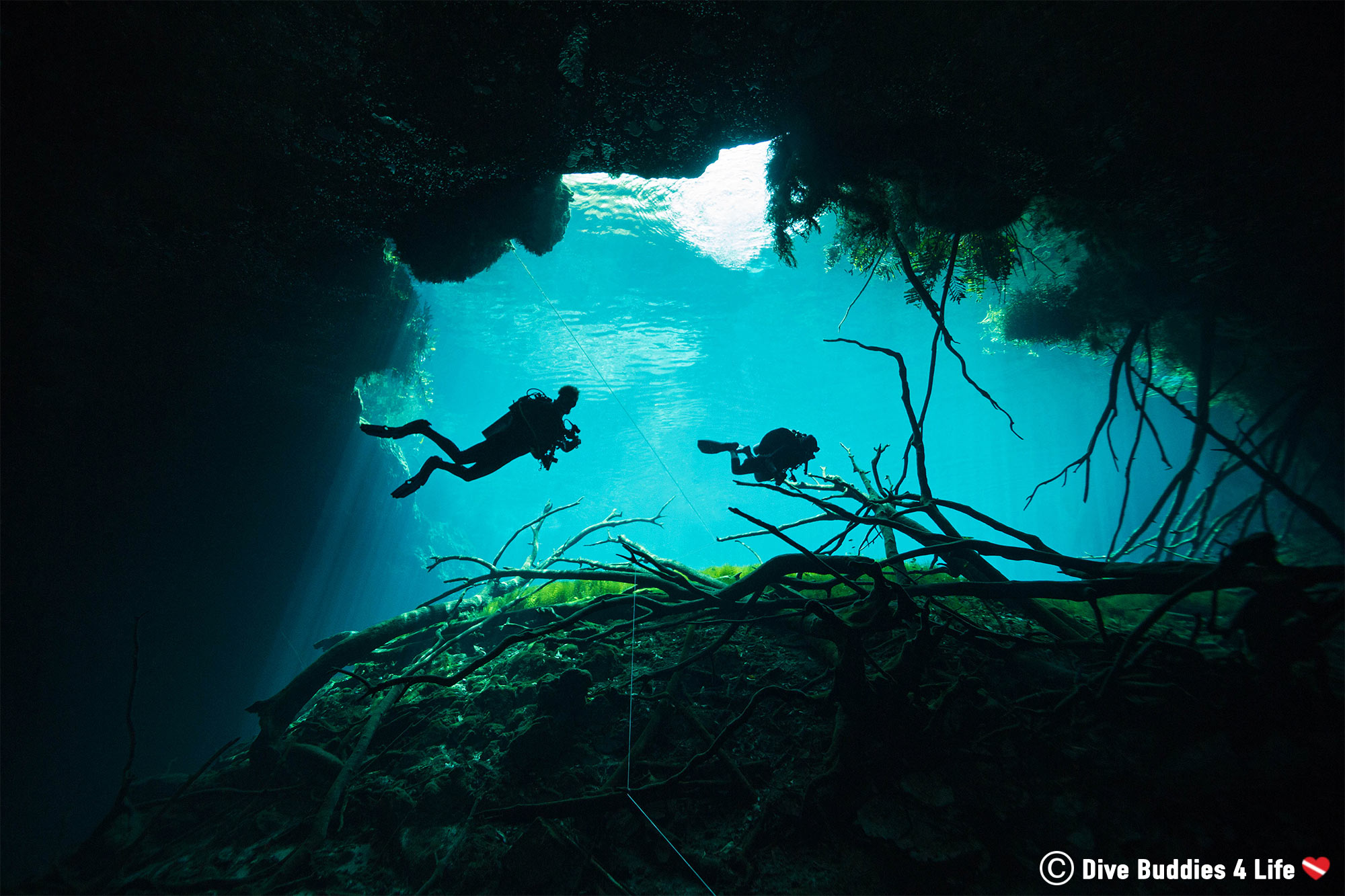
A safety stop is a standard dive procedure that is done in scuba diving for any dives below 10 meters (32 feet) This brief 3 to 5-minute pause at a depth of 5-6 meters (15-20 foot) is a practice which allows a diver’s body to decompress after time spent at depth.
What is the difference between a safety stop and a deep stop? A deep stop is a 30 to 60 second stop at 50% of the maximum depth of your dive, whereas a safety stop, as mentioned above, is a stop at 5 meters (15 feet) for at least 3 minutes at the end of every dive. A deep stop is not a substitute for a safety stop.
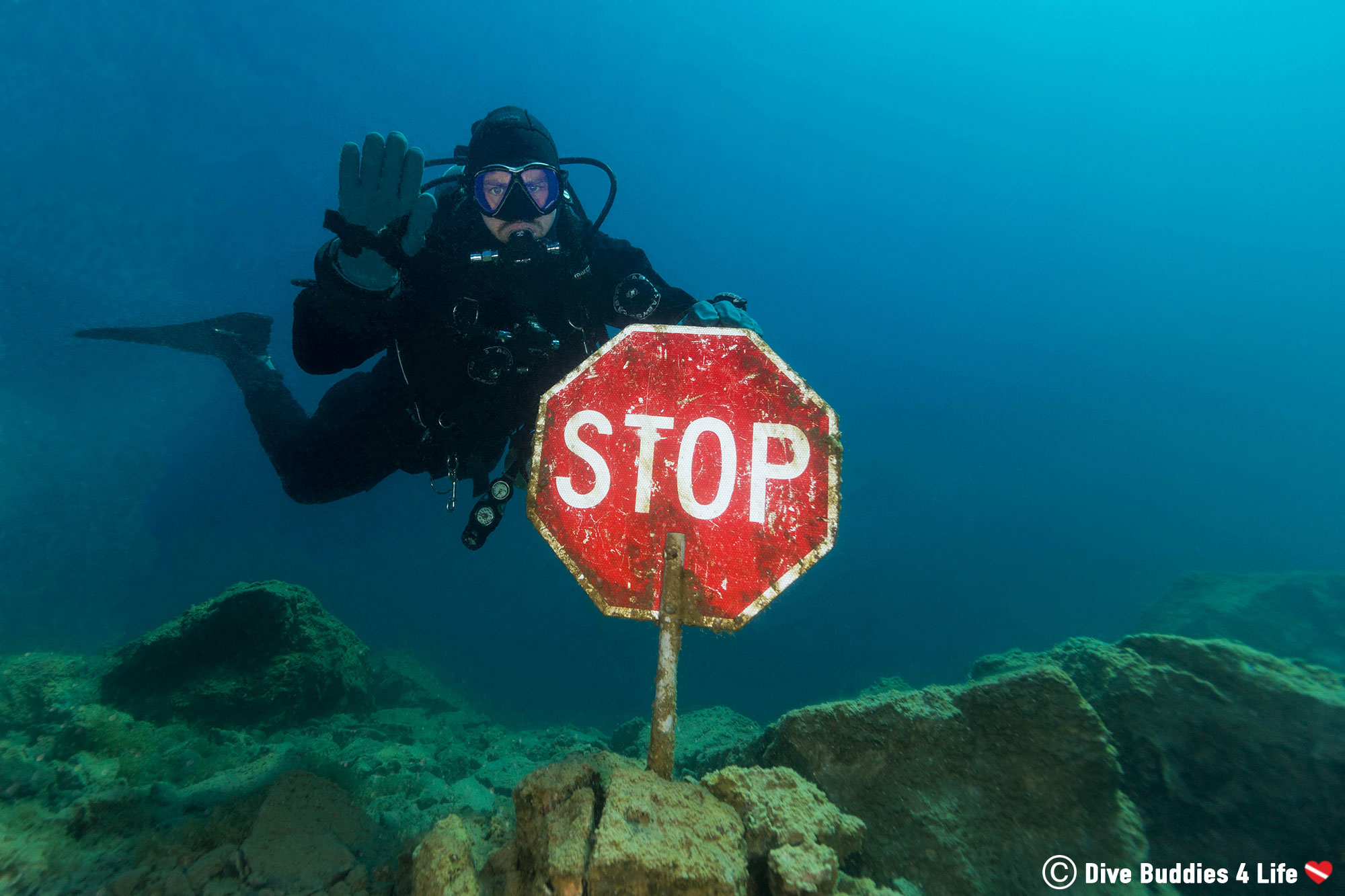
As you will or may have already learned in your beginner Open Water scuba diving course, breathing compressed air underwater leads to the accumulation of nitrogen in our bloodstream and tissue. When we surface after being at depth, the pressure decreases, and that same nitrogen begins to leach back out. This process is often referred to as “off-gassing.”
When a scuba diver ascends too fast, the pressure reduces rapidly and this differential causes the formation of nitrogen bubbles in our tissues and blood vessels. Imagine the carbonation that occurs when you shake and open a bottle of Pepsi. When this happens, these nitrogen bubbles can get trapped in our body bringing about decompression sickness (aka the bends).
Safety stops significantly slow down a divers ascent to the surface, which allows time for the excess nitrogen that has accumulated in our blood and tissue to dissolve out of our bodies. And even when we’ve finished our safety stop, the process of “off-gassing” continues for several hours after our dive. They are highly recommended on every dive. Safety stops are particularly important on deeper dives, dives below 10 meters (32 feet). That being said even on shallower dives when all safety procedures are followed, there is still a minuscule chance that decompression illness could happen so why risk it?
Beyond the safety reasons for making a 5-6 meter (15-20 foot) stop, there are a few other reasons for pausing at these depths. Firstly, a stop can give you time to assess the surface conditions and identify potential final ascent hazards. Secondly, it gives a diver time to secure their gear before exiting the water. Nobody wants to drop an expensive camera or flashlight because it wasn’t properly clipped on to their equipment.
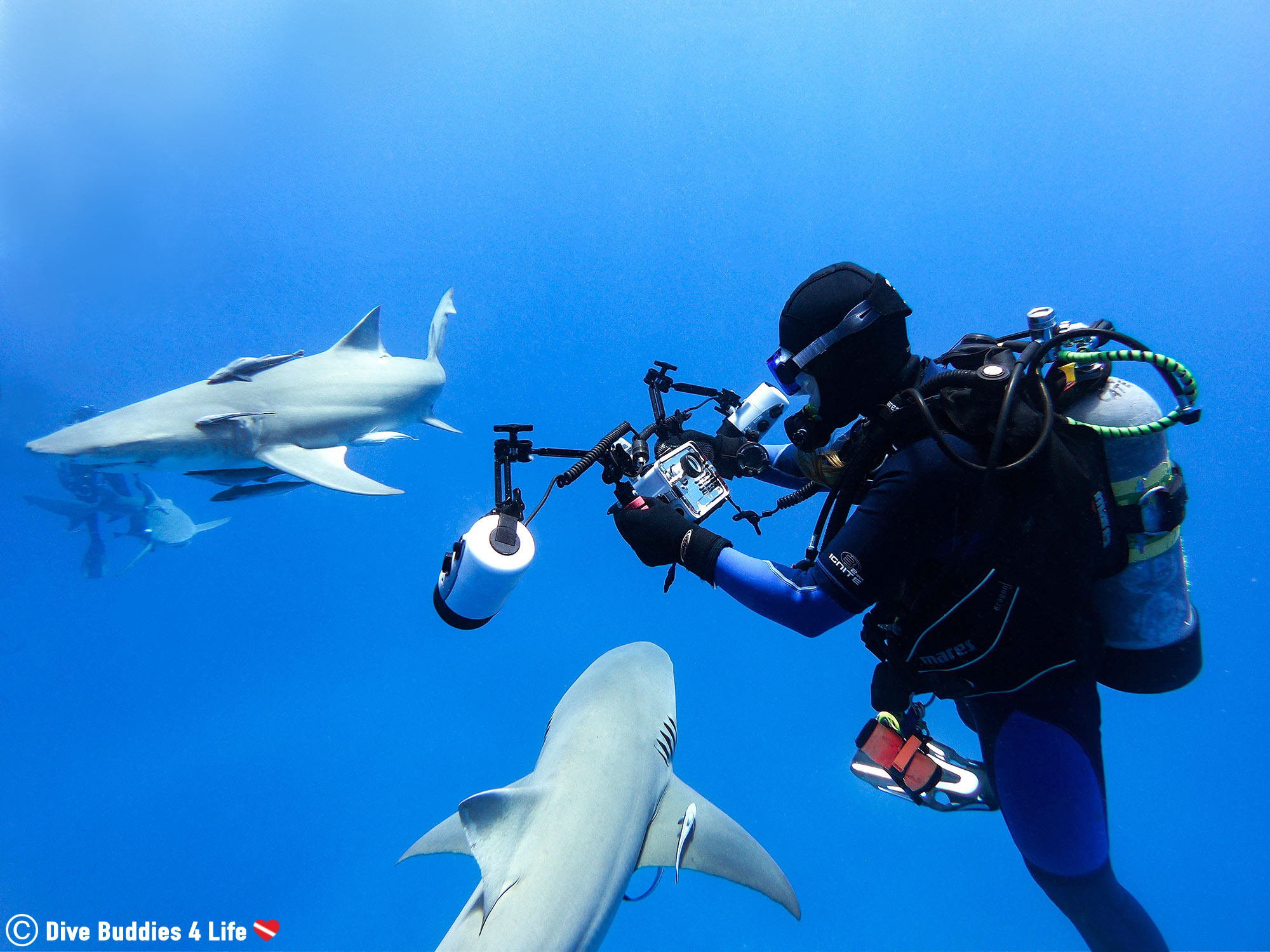
When it comes to a diver’s body positioning during a safety stop, there have been no conclusive studies suggesting a vertical or horizontal position is better than the other. In a prone position, your entire body is at the desired stop depth and exposed to equal ambient pressure. In a vertically orientated position, a diver’s legs and head are exposed to a small but negligible difference in ambient pressure. Regardless of these slight variations, at the end of the day, it all comes down to a diver’s personal preference and the conditions.
For instance, if you are diving in current it might make sense to keep your body horizontal with your head facing into the current holding onto the line. Alternatively, if you are inflating and hanging onto your own dSMB you might find it easier to have your legs vertical, below your body.

Neon Yellow Scuba Diving Surface Marker Tube: Make yourself seen at the surface with this 1 meter (4-foot) neon yellow surface marker signal tube with “Diver Below” print. This delayed SMB is fabricated from nylon and fits in a BCD pocket.
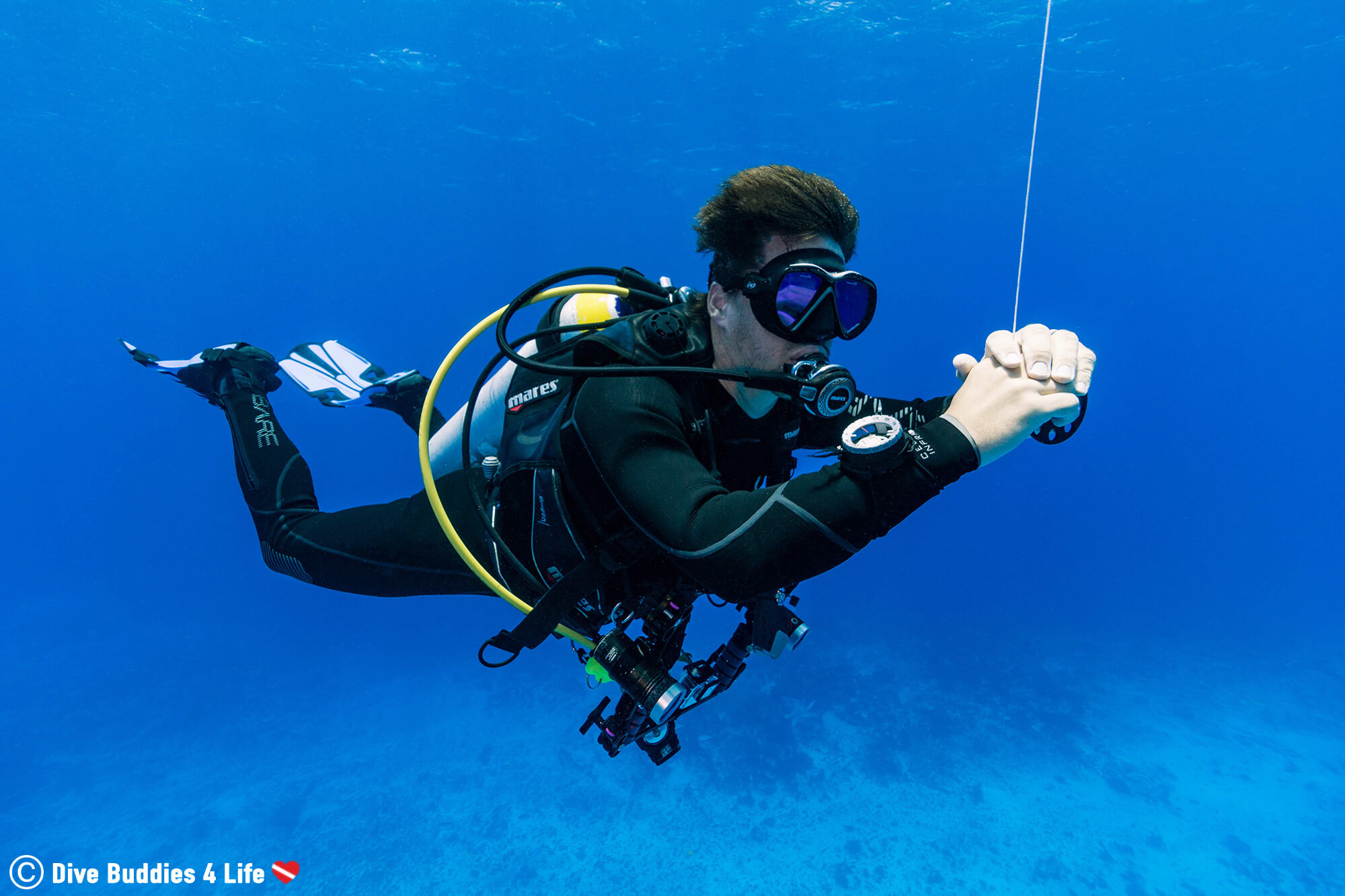
For recreational divers, if you’ve missed a safety stop for whatever reason, but you’ve been following safe diving practices, generally, nothing will happen. But this is not always the case. Should a dive miss a safety stop, it is recommended that said diver refrains from practicing scuba for the rest of the day and monitor themselves for symptoms of decompression sickness.
Safety stops are an important part of scuba diving. They can also be tricky for newbies or divers who don’t hit the water frequently. Without practice and the proper technique, a diver may find themselves ascending unintentionally. Here are our tips for making every safety stop
Being so close to the surface can make buoyancy a challenge. Establishing neutral buoyancy as you exhale will make your safety stop easier. Don’t forget to vent air from your BCD during ascension. As you head upwards pressure decreases and air gets bigger. Frequently tweaking your buoyancy and ascending slowly ensures you won’t accidentally and uncontrollably float to the surface.
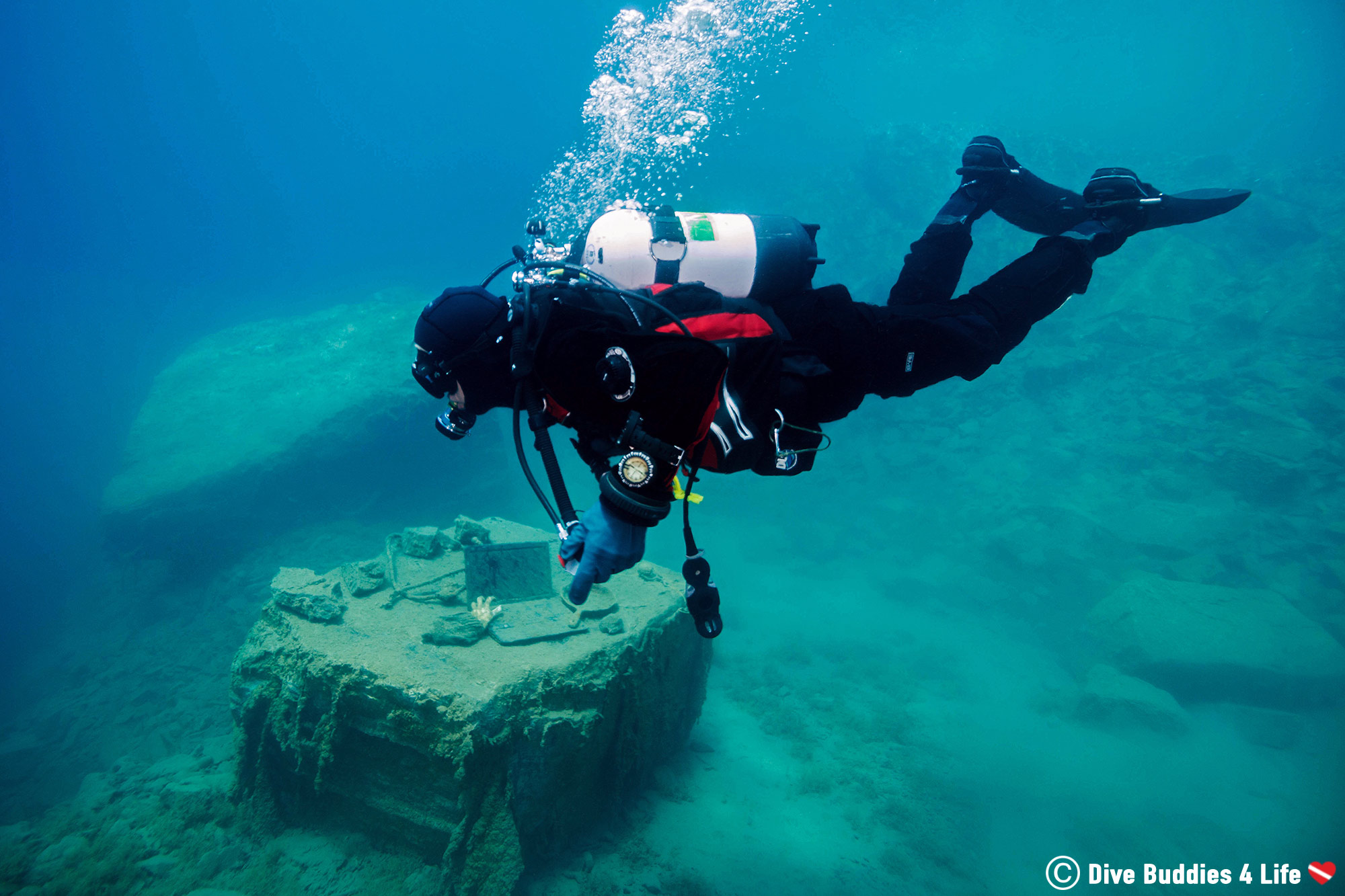
Just because you’ve finished your safety stop does not mean you can shoot like a cork to the surface. The last 5 meters (15 feet) is actually the most dangerous part of the water column. It is where the biggest pressure change occurs and is notorious for lung overexpansion injuries or decompression sickness. After finishing your safety stop make your way SLOWLY to the surface maintaining a safe ascent rate of 30 feet/9 meters per minute. A dive computer can come in very handy for monitoring this and will warn you if you are ascending too fast.
As a certified diver, you are responsible for your own safety. Therefore every diver should be in charge of timing their own safety stop. A dive computer is great for allowing individuals to properly track depths and safety stops on every dive.
Like we mentioned above, there is no “correct” body positioning for a safety stop, what is important is that you choose a vertical or horizontal position that fits the situation and your personal preference. Whatsmore, even though you are neutrally buoyant, it is still important to keep a close eye on your computer. Maintaining good positioning in the water column means keeping your computer at chest level so your torso remains at the right depth.
Making your safety stop in open water with no visual reference point can be a challenge. Even we find ourselves prone to bobbing up and down at times. While off-gassing, it’s important to keep your body at the same level. Holding on to an anchor or mooring line is an easy way to facilitate your safety stop.
Safety stops are a critical part of being a well-rounded scuba diver. In heading to the surface, our bodies go through the greatest pressure change in the final 5-6 meters (15-20 feet). As such, allowing time for excess nitrogen to dissolve out from our blood and tissues is a proactive way to reduce a diver’s risk of injury.
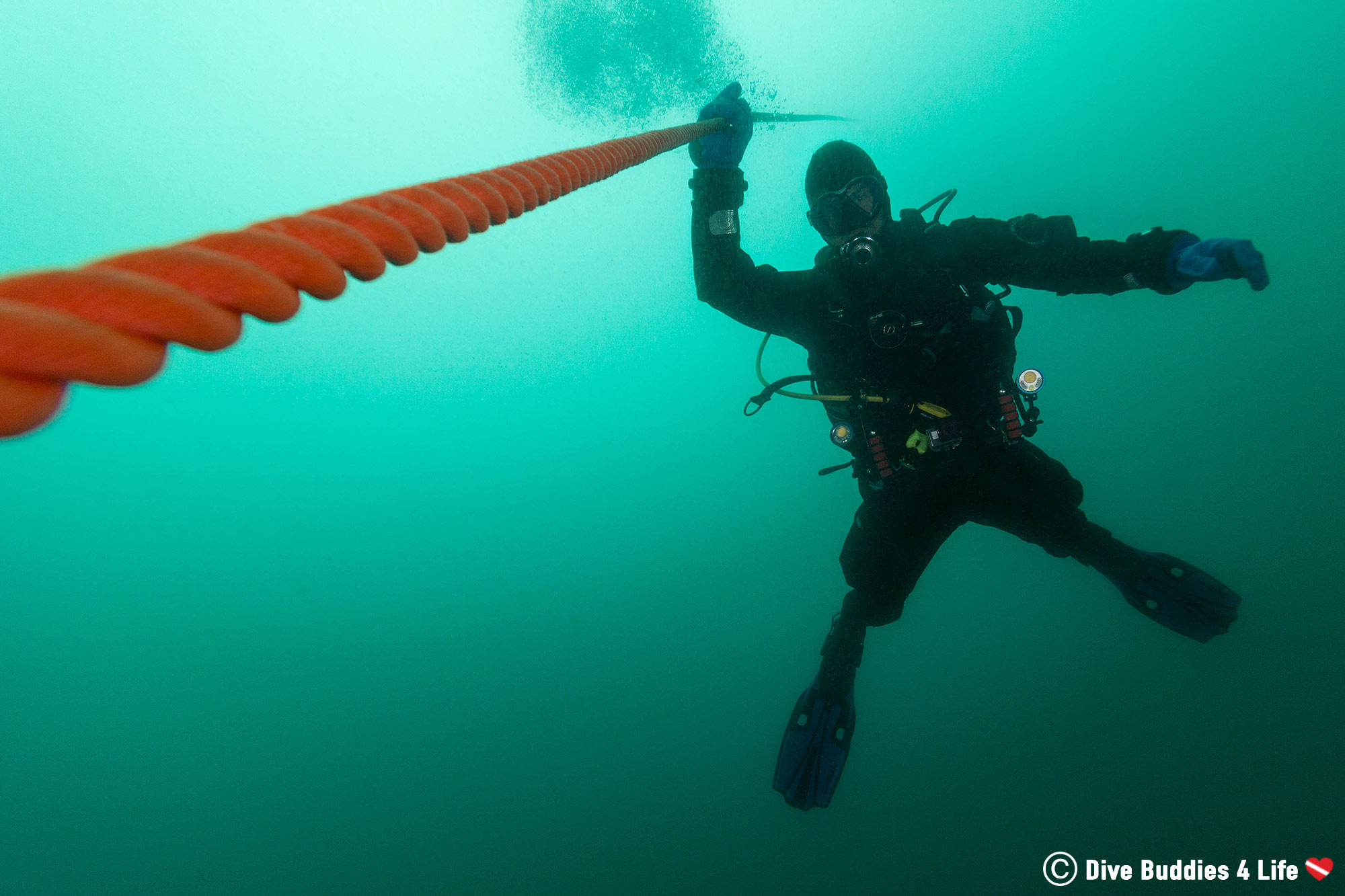
Do you do a safety stop every time you dive? Have you ever had any issues doing your safety stop and what did you do to learn from this incident?
Writers Note: This post may contain affiliate links. We will make a small commission if you make a purchase through one of these links, at no extra cost to you. See full disclosure and disclaimer policy here.


Are you a pig on air? You are not alone. Find out how you can get more out of your scuba diving tank.

Thermoclines are layers of water determined by temperature. They exist in all lakes and oceans, dividing the sunlit upper layer from the cooler water below.

Dive logs are an important part of scuba diving and a way to keep tabs on not just your dives but also your experience and memories.

Marine protected areas protect endangered species and critical habitats. As scuba divers they play a big role in the conservation of our lakes, rivers and oceans.

Many scuba diving agencies that play a role in training divers. Here is a look at SEI, PADI, NAUI, and SSI, the top scuba agencies in the world.

Whether you’re scuba diving in cold or warm water, in the sunny tropics, or the icy Arctic, being chilly on a dive is never fun.

Dive equipment may be expensive, but new divers will find, there are many advantages to having your own set of scuba gear.
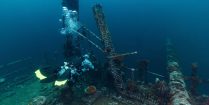
Whether sunk on purpose or as the result of a mishap, it’s a breathtaking experience to be able to visit a sunken wreck while scuba diving.

Not all things underwater can be seen at first glance - for some, you need to take a closer look. Macro photography is the art of close-up photography on small subjects.
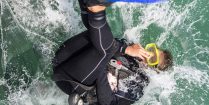
No matter what level of diver you are, scuba backroll entries are a fun-filled way to get off the dive boat and get into the water.
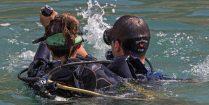
Becoming a PADI Rescue Diver is a great way to further your knowledge and give yourself the tools to stay safe on a dive.

Hair versus scuba, now that's a combination that doesn't mix. So how do you stay away from the tares, tangles and hours upon hours of post-dive hair brushing?

Problem: you want to take decent underwater pictures but good photography gear is just so expensive. Solution: learn how to take good underwater pictures with your handy dandy GoPro, it's easier than you think.
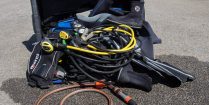
Everybody loves the idea of scuba diving, but the aspect of post dive cleanup is a much different story. It’s long, it’s tedious and it almost impossible to do it without getting wet - yet again.
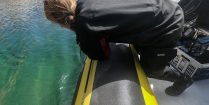
As a diver, sometimes you get hit with seasickness. Here are our solutions to dealing with seasickness before and during your dive.

Taking your love for photography to new depths can be a challenge. Here are eight tips and tricks for a beginner underwater photographer.

Organizing a dive vacation can be a challenge. To help, keep these four questions in mind when planning your next scuba diving vacation.
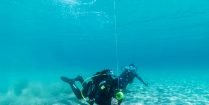
For some scuba diving is more than just a hobby - it’s a lifestyle. Here is everything you should know about getting your divemaster certification.

Sometimes a dive doesn’t go according to plan and when that happens, it’s important to be seen. Learn all about surface markers and why you should have one.

It's not easy being green in a day and age where everything is plastic and waste. Let sustainability lead the way as you explore the underwater world.

Getting ready for Halloween, scuba diver style, with the PADI Zombie Apocalypse Diver Specialty Course. It's a scuba course that is to die for.
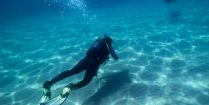
Thinking about sprouting gills and making the plunge into the underwater world? Find out if you're cut out to become an Open Water scuba diver.

1 comment...
Read 1 comment...